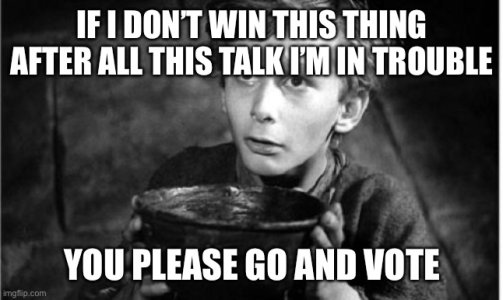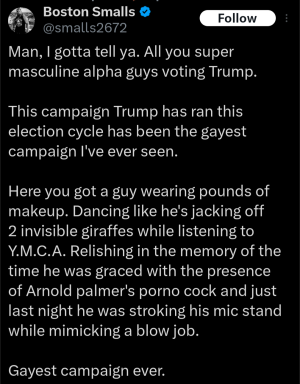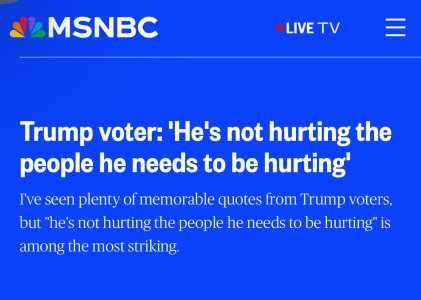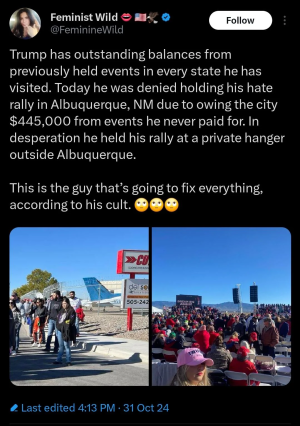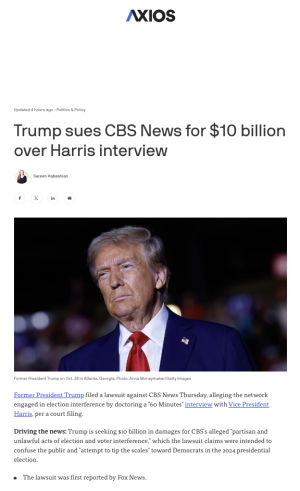May 30, 2017 4:23 pm
Trump’s Approval Rating Recovers, As Voters Forgive and Forget
By Eric Levitz
Share Share Tweet Share Pin It Email
Image
Sorry, not sorry. Photo: Chip Somodevilla/Getty Images
On October 7, 2016, the Washington Post published audio of Donald Trump saying that he routinely grabs women “by the *****” without asking permission, because “when you’re a star,” you “can do anything.”
The GOP nominee’s approval rating went into free fall; several congressional Republicans revoked their endorsements; the chairman of the Republican National Committee begged Trump to drop out of the race; Paul Ryan told his caucus that he was done defending the mogul; and Hillary Clinton opened up a double-digit lead in multiple polls, as political blogs contemplated the prospect of a backlash large enough to give the Democrats full control of D.C.
One month later, Donald Trump was elected president of the United States.
On May 9, President Trump fired the FBI director who was leading the investigation into his campaign’s alleged Russia ties. Over the ensuing days, Trump shared highly classified Israeli intelligence with Putin’s foreign minister in the Oval Office; openly admitted that his decision to fire Comey was motivated by his disapproval of the investigation into his associates; and tried to intimidate his former FBI director into silence by threatening (over Twitter) to release secret recordings of their conversations.
Comey was not intimidated. Within a week of Trump’s threat, America learned that its president had asked the head of federal law enforcement to pledge personal loyalty to him, and to then demonstrate that loyalty, by dropping the FBI’s investigation into former national security adviser Michael Flynn.
A special prosecutor was appointed. The president’s approval rating went into free fall. One poll showed a plurality of Americans favoring impeachment, while another suggested Trump’s favorability among white men was plummeting. Several congressional Republicans condemned the Comey firing — another found Trump’s actions so difficult to defend, he flipped off a reporter when asked about them. And political blogs began contemplating the prospect of a Pence presidency.
And then Trump left the country. And for a little over a week, the president spent more time posing for highly choreographed photo-ops than writing early-morning tweets. And his approval rating in Gallup’s tacking poll began climbing steadily upward. Now, it’s back at 41 percent — five points higher than it was on the day he won the White House.
Trump remains an unusually unpopular president. In fact, poll aggregators like RealClearPolitics and FiveThirtyEight still have his approval numbers near all-time lows. But those averages also show that Trump’s post-Comey decline has bottomed out, with a solid 40 percent of the public still smiling on the president. What’s more, Trump continues to perform several points better than that in opinion polls that survey “likely voters,” rather than the American public as a whole.
Last week, Nate Silver argued that it’s likely wrong to think that Trump has a “floor” of 40 percent approval:
[T]he idea that 39 or 40 percent of the country will never abandon Trump is probably mistaken — or at least, it represents a speculative interpretation of the evidence. The share of voters who say they strongly support Trump is only 20 to 25 percent — and those numbers have been falling. Moreover, Trump has lost about one point off his overall approval rating per month. That might not sound like a lot, but if the pattern continued, he’d be in the low-to-mid 30s by the new year and into Nixonian territory by the midterms.
These points remain valid. But it’s also worth noting how resiliently forgiving (and/or forgetful) Trump’s “weak” supporters are. It took lukewarm Trumpists less than a month to get over his apparent confession to sexual assault — and less than two weeks to look past his apparent confession to obstruction of justice.
It’s difficult to imagine what Trump could do to durably alienate right-leaning voters. At this point, it seems like he really could get away with gunning down a pedestrian on Fifth Avenue — so long as he pulled the trigger more than a month before Election Day.


















